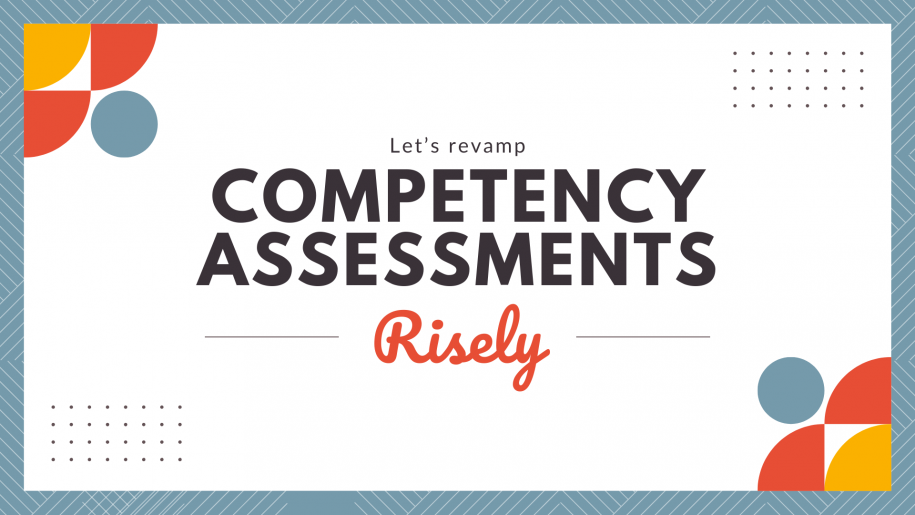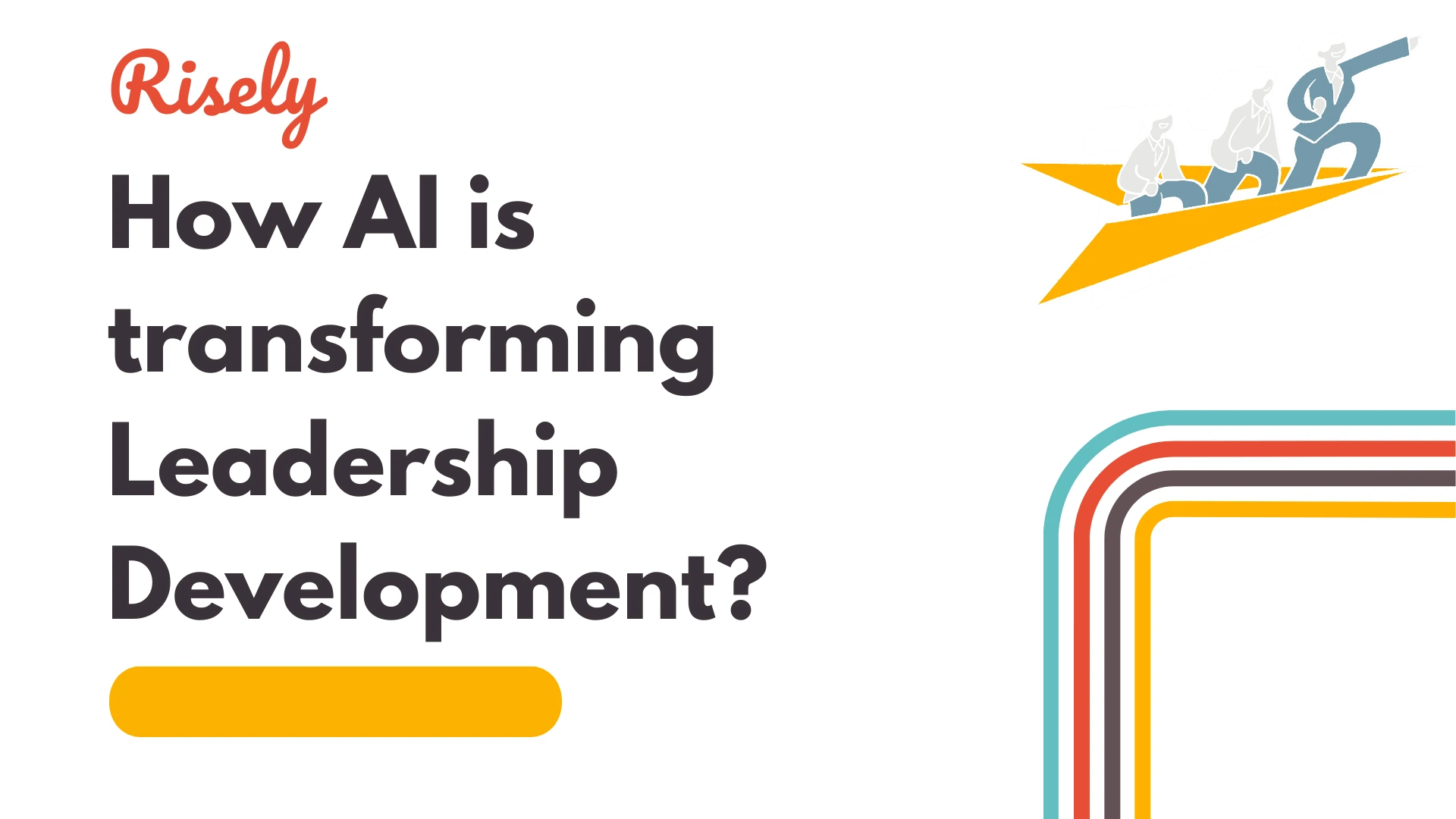Competency assessments are old school, more so for managers
While running an organization, we are always searching for the best or the most competent, as they say. But here’s the thing: Are we defining competencies properly? That’s a big question for people management roles, which need a mix of people and functional skills that are harder to track than the usual ideas. Our conventional methods of competency assessments, like test scores and performance reviews done by managers, need an overhaul. This change is moving toward a broader approach that considers the many different sides of leadership competencies and the ability to adjust when faced with change. In this blogpost, we will explore competency assessments for managers in detail.What are competency assessments?
Competency assessments are a crucial tool used by organizations to evaluate an individual’s skills, experience, and competencies against job requirements and duties. They play a pivotal role in various stages of recruitment, ensuring that the right talent is matched with the right roles. Skills denote one’s ability to perform specific tasks, while competencies encompass attributes essential for a particular role’s success. Understanding core, functional, and behavioral competencies allows organizations to build a well-rounded workforce capable of achieving business goals effectively.What are the three types of competencies at work?
The three types of competencies at work are core competencies, functional competencies, and behavioral competencies.- Core competencies are essential skills required by all employees regardless of their role.
- Functional competencies are job-specific skills needed to perform tasks effectively.
- Behavioral competencies relate to personality traits and workplace behavior critical for success in a particular role.
What are the different types of competency assessments?
Different types of competency assessments include:- Self-assessment involves individuals evaluating their own skills and competencies.
- Peer assessment involves colleagues providing feedback on one’s abilities.
- Supervisor assessment entails managers assessing an individual’s performance.
- 360-degree assessment gathers feedback from multiple sources to provide a comprehensive view of an individual’s strengths and areas for development.
Where are competency assessments used?
Competency assessments are commonly used in various aspects of human resource management, such as recruitment and selection, performance appraisals, career development, training and development, succession planning, and organizational restructuring. They help organizations identify and develop talent, match individuals to suitable roles, and enhance overall workforce effectiveness. Competency assessments also play a crucial role in identifying skill gaps and designing targeted training programs to address them, ultimately contributing to the organization’s success and growth. For example, a competency assessment for all the new managers in your organization can reveal different areas of improvement and inform decision in the L&D strategy.What do competency assessments miss?
Competency assessments have been around for ages. So, why are we calling for a change? There are good reasons. Many of them. Let’s look further into why competency assessments need a revamp really quickly.#1 Competency assessments are static measurements
Traditional competency models used to be very modern. But now they have trouble keeping up with how quickly jobs change. These models mainly looked at technical skills and management skills based on clear work roles. With technology moving fast and job roles shifting, the skills needed for success are always changing. In fact, with the advent of tech like AI that promises to replace at least a few aspects of jobs as we see them today, the skills your people need to develop will rapidly change. As per McKinsey’s research, jobs will require technological, social, and emotional skills by 2023 as compared to physical, manual and basic cognitive capabilities. This points to a need for improving competency assessments as well, since the older metrics will no longer remain valuable.#2 Dynamic job requirements are not accurately captured
This change means we need to shift from strict, one-size-fits-all assessments to more flexible and personal methods. These methods should meet the specific needs of individuals and organizations. Career development today is a journey, not a final goal. Because of this, competency assessments should look at a person’s potential to grow, adjust, and take on new challenges. They should not just assess current skills.#3 Binary answers don’t show us the scope of progress
Instead, well-rounded competency assessments must showcase the scope of progress and potential gaps to fill. For instance, a manager unable to communicate assertively should not just be tracked on that skill. They need a comprehensive system that also explains the gap, the particular areas where it is impacting, and how to improve there.Why should leadership development programs move on from competency assessments?
Modern leadership development programs are changing. They are moving away from a one-size-fits-all method. Instead, they focus on customizing development plans. This helps accommodate diverse leadership styles and different learning preferences. Organizations understand that there is no single “right” way to lead. They use a more personalized approach to create effective leaders at all levels. This process considers each person’s strengths, weaknesses, proficiency level in certain skills, and how they prefer to learn. By understanding what each leader needs and wants, organizations can help them grow. This way, leaders can lead effectively in their own unique style. Where do competency assessments come into this equation? For most leadership development programs, the story begins with an assessment. It helps the L&D and HR professionals like you define what is to be taught in the next four or six weeks of training. But the trouble strikes when the assessment is not comprehensive enough. As we noted above, there are three types of competencies. If we take the case of a marketing leader, it looks broadly like this:| Core Competencies | Functional Competencies | Behavioral Competencies |
|---|---|---|
| Strategic thinking and market analysis Data-driven decision making Cross-functional collaboration Digital literacy and technological adaptability | Marketing strategy development and execution Marketing analytics and metrics interpretation Budget management and ROI analysis Content strategy and development | Creative leadership and innovation fostering Consumer-centric mindset Adaptability to market changes and trends Team inspiration and motivation Stakeholder relationship management |
Other Interesting Reads
How to replace competency assessments for managers?
Gone are the days when just having a fixed set of skills would ensure lasting success. Today’s workplace needs leaders. These leaders should be skilled in their areas but must also have emotional intelligence, adaptability, and teamwork skills. They must be able to handle tough problems and motivate their teams. This means we need to change how we look at and grow leadership potential. Since we understand competency assessments for managers are not fail-proof. What else can we do to improve the scenario?Embrace continuous assessments rather than one-shot options
First up, instead of taking assessments at set intervals. Spread them out across the calendar year. ❌Traditional Approach (Not Recommended):All assessments done quarterly – March, June, September, December March: Evaluate all 12 team members
June: Evaluate all 12 team members
September: Evaluate all 12 team members
December: Evaluate all 12 team members ✔️Spread-Out Approach (Recommended): Using a team member “Sarah” as an example for a year-long schedule, we get:
| When? | What? |
|---|---|
| January 15th | Core Performance Review |
| March 28th | Campaign Effectiveness Check |
| June 10th | Skills Development Review |
| August 22nd | Project Impact Assessment |
| November 5th | Leadership Capability Review |
| December 12th | Year-End Strategic Planning |
- Schedule campaign reviews after major campaign completions
- Time skill assessments before training budget planning
- Place strategic reviews before annual planning season
Use multiple modes of competency assessments
Not all competencies are made to be measured on the same scale. As we saw above, there are many modes of competency assessments. Using any of them alone is likely to give you a partial view of the situation. Carrying the above example forward, for our marketing manager Sarah, we can explore:- Performance against KPIs
- Skill development progress
- Project-specific outcomes
- Leadership growth
- Team management effectiveness
- Strategic contribution
- First, the manager does a self-assessment on the particular leadership skill.
- Second, their team shares feedback anonymously.
Don’t stop at competency assessments for managers!
Assessments are not the end of the story. They are the beginning. Rather than just checking off a list of functional competencies, in the next step, you should adopt a more flexible and thoughtful method. This learning and development strategy should reflect the changing nature of work, the value of soft skills, and the need for ongoing personal and professional growth – all culminating into personalized learning plans for leaders. AI will be your best buddy on this journey. Modern-day AI-powered solutions for leadership development like Risely are helping L&D teams scale up access to leadership coaching and reach more people than ever. Our solutions strike at the right spot – increasing support for much-needed but often scarce services that are critical to the growth of your managers and leaders. While old-school systems like competency assessments are calling it a day, it’s high time you join the AI-powered learning bandwagon.Wrapping up
Competency assessments for today’s leaders need a broad approach. This means we should look beyond just the usual methods. We can improve leadership by adding emotional intelligence and flexible leadership skills. It’s also important to focus on how teams work together and to use real-life projects. This way, managers can build the many skills they need in a fast-changing work world. Using new ways to evaluate performance, like constant feedback and peer reviews, helps with regular improvement. Combining numbers with personal insights gives a complete picture of how well managers lead. As we progress toward using predictive analytics and custom development plans, the future of leadership programs will include different leadership styles. It will also use technology to help leaders grow continuously and succeed.Setting the right goals defines the accuracy of your path to success!
Take this FREE goal-setting self-assessment by Risely now to test the efficacy of your goal-setting.
AI and Leadership Development: Driving Synergy for Growth
AI and Leadership Development: Driving Synergy for Growth You know the frustration all too well. Your organization invests thousands in…
How Are AI Learning Platforms Transforming Leadership Development?
How Are AI Learning Platforms Transforming Leadership Development? As an L&D leader, you’re likely familiar with this frustrating reality: 82%…
5 Essential AI Skills for L&D Leaders
5 Essential AI Skills for L&D Leaders According to LinkedIn’s 2025 Workplace Learning Report(1), 71% of L&D professionals are now…
How to Create a Course with AI: A Guide for L&D Professionals
How to Create a Course with AI: A Guide for L&D Professionals According to a McKinsey survey(1), only 11% of…
Building an Ultimate Leadership Development Action Plan
How to Build a Leadership Development Action Plan? Having a strong Leadership Development Action Plan is more critical than ever…


